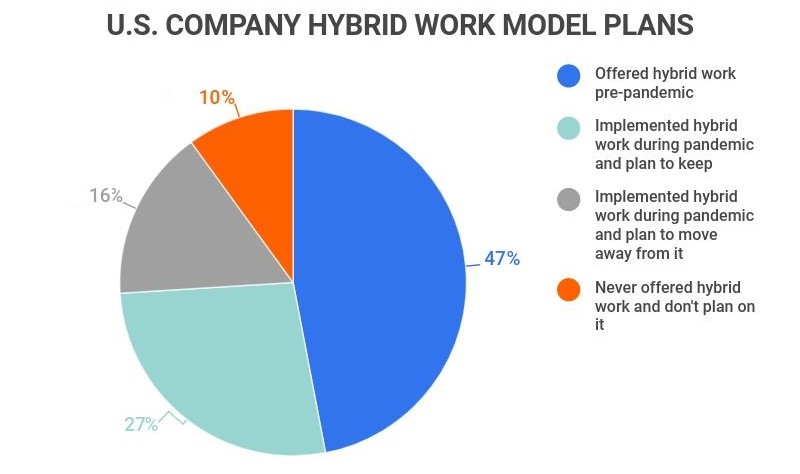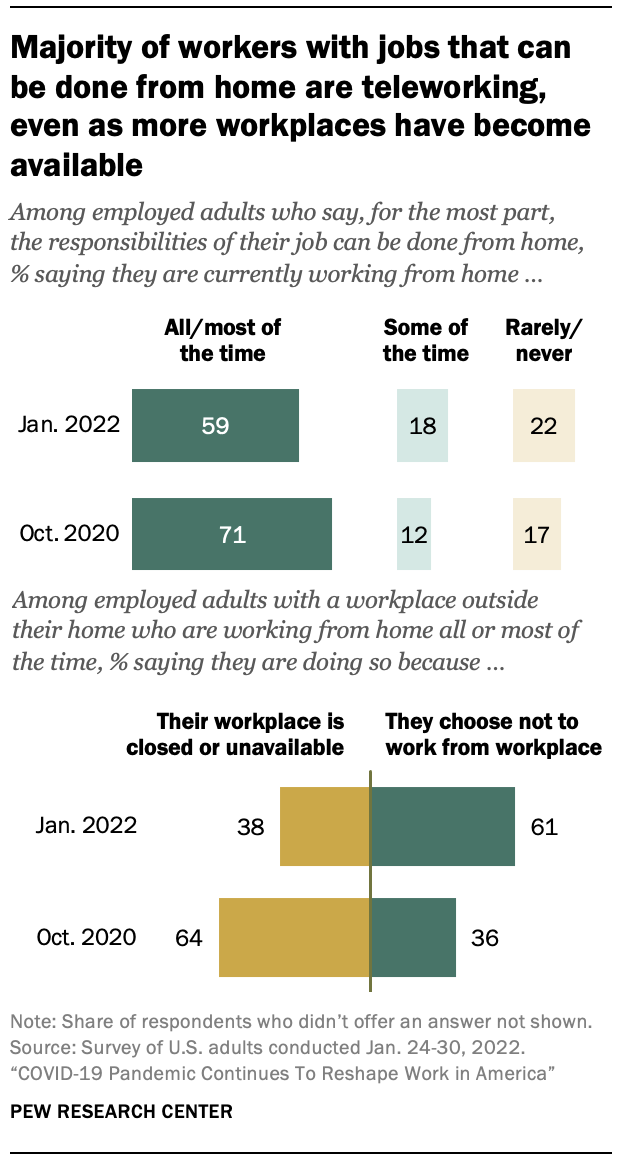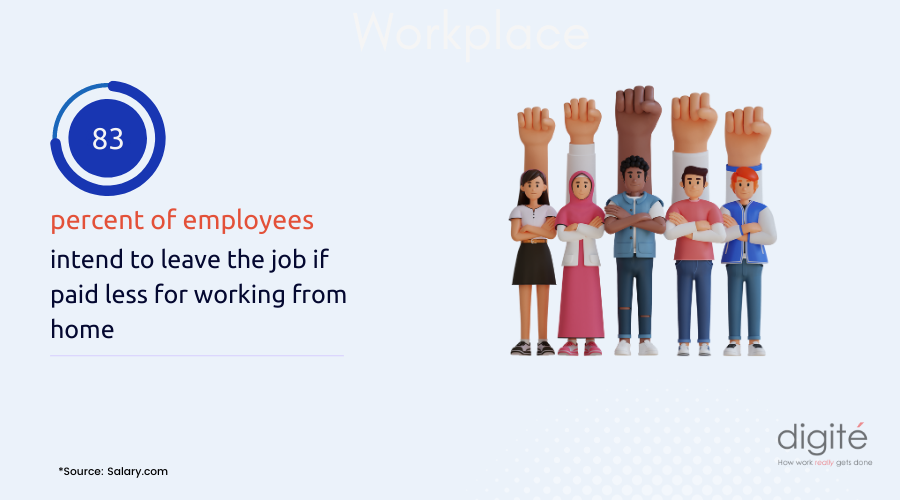Navigate to
Humanizing Work Challenges + Pitfalls In Hybrid Environments
- 7 mins read
- By Joaquin Aceron
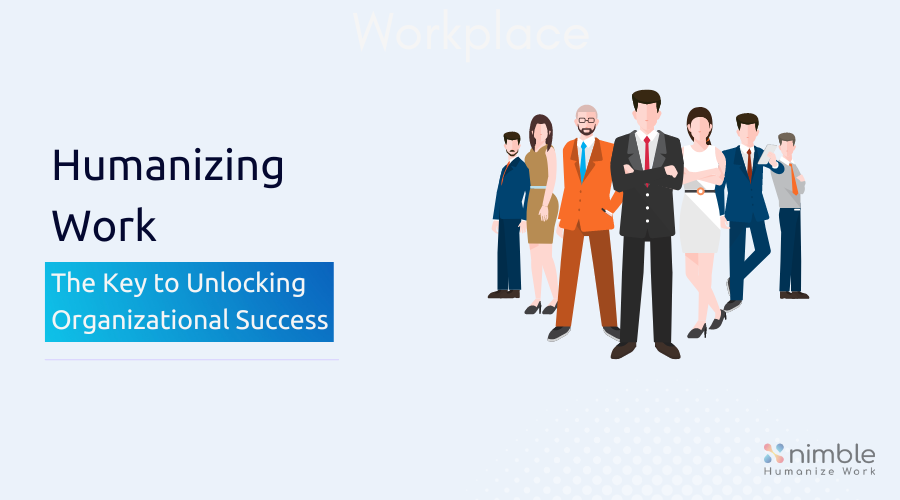
Hybrid work environments are rapidly becoming the norm. According to Zippia, about 74% of U.S. companies use or plan to use a hybrid work arrangement.
Remote work is a big part of it. It has benefits for both the people working from home and their employers.
Src: Zippa
But hybrid environments — at Digité we call them Phygital (physical + digital) — also bring new challenges.
Humanizing work poses plenty of challenges in hybrid environments.
How are you to keep track of where people are or when they’ll be in?
There seems to be no rhyme or reason to who’s where, when.
And if that doesn’t bother you, the impact on communication and collaboration is considerable. Getting them right was already challenging when everyone was in the same physical space. And now…
Relax and read on.
You’ll learn about five of the challenges and pitfalls in humanizing hybrid work. And, of course, you’ll also find ideas for what you can do about them.
1. Pitfall — Assuming Everyone Prefers the Same Things
You might think the office is the perfect place for people to interact with colleagues.
Not only does it provide a shared space for team members for collaboration, but it also invites opportunities for connecting outside of the office. Carpool groups, eating lunch together, going for drinks after work, to name a few.
And these human moments are why everyone prefers to work at the office, right?
Well, why then would 61% of people prefer to work from home?
Src: Pew Research Center
Some simply enjoy the 60-second commute. Others find their own personal space more conducive to deep work. Many are more productive and produce better quality work in quiet surroundings.
Still, you’ll also find people who would rather head to the office than work from home.
The reason can be practical — they may not have a suitable workspace in their homes. Or, it can be more fundamental — they thrive when they can interact spontaneously with others.
Humanizing your hybrid workplace means recognizing that your team is full of unique individuals with their own needs and preferences.
So, allow your team to choose where they want to work and when and how often they want to come into the office based on where they feel they’ll be most effective.
While implementing such a system may be challenging to larger teams, market leader Hubspot proves that it can be done. Allowing their employees to choose where they want to work, while also providing any necessary resources, is one of the reasons why the company was voted as one of the best places to work in 2022.
2. Challenge – Stemming the Tide of Increased Burnout
Worker burnout has been a longstanding issue.
Even before the near-universal shift to phygital environments, a staggering 82% of U.S.-based remote workers have reported increased feelings of burnout. With many being forced to work from home in 2020 and 2021, burnout became more prevalent and is cited as one of the main reasons for the Great Resignation.
There are many potential causes of burnout.
According to a 7500-person survey by Gallup, some of the leading causes were unfair treatment at work, unmanageable workload, time pressure, lack of communication, and lack of support.
During the era of phygital work, many of these issues were made even more apparent. People found themselves working for more hours, and as a result, felt more stressed.
The challenge for humanizing work in a hybrid work environment is that it becomes harder to pick up the warning signals for burnout from people who mostly work from home.
To address this challenge, you want to make it a point to treat everyone as humans first, resources second:
• Check in regularly with everyone. Strike up a conversation — at their desk (or more privately) when they’re in the office, via video chat when they’re remote. Make it about them, not about tasks. Listen for signs that they may be struggling. With work and co-workers or in their personal life. They might just reveal some interesting, easily addressed, points for improvement.
• Make it clear that you expect everyone to take care of themselves. To switch off from work and their phone. To get enough rest and relaxation.
• Make it clear that even when you text or mail them at all hours — because that’s when you’re at your best — you don’t expect an immediate response. You’ll voice phone when it’s really urgent (like a genuine fire just broke out).
3. Pitfall — Out of Sight Is Out of Heart
One of the issues that was introduced along with phygital work environments is an inequality in “presence.”
When on site work is the norm, managers can observe first hand what’s going on.
They can monitor team dynamics, individual work ethics, productivity levels, and habits due to their proximity.
In a hybrid team, with team members regularly working in other locations, getting this first-hand sense of how they function is a lot more difficult.
When some people are present all the time, some are remote all the time, and others both work in and out of the office, you risk employees who spend more time at the office having an unintended yet still unfair advantage when it comes to evaluations, raises, and promotions.
Because of their relative invisibility, remote team members may feel that they have to work harder and for longer hours to compensate and “be seen.”
Unfortunately, despite generally being more productive, they still don’t earn promotions at nearly the same rate as their in-office peers.
To address this, you want to find ways to make evaluations and performance reviews less dependent on personal opinions, or at least on the personal opinions of a single person.
4. Pitfall — Crippling Flow of Information
Remote team members often feel forgotten and disconnected. It plays havoc with their ability to feel like valued members of your organization. Even when they objectively know that they’re producing results.
Many organizations are still in the process of finding an effective way to combat this problem.
Virtual lunches and e-meetings are some activities teams have used to involve their remote members.
Those help, but the sense of isolation stems first and foremost from a feeling of being out of the loop. And that comes from not hearing about how people are doing and the work is progressing. The kind of casual updates people in the office share while passing in the corridor or sharing a cup of coffee.
Not receiving those hurts the remote person — they may lack information essential to doing their job. But it also hurts the rest of the team because they miss the benefit of their colleague’s input.
That’s why Joel Spolsky and Jeff Attwood defined a remote-first policy: when even a single team member is remote, everyone needs to communicate as though they are too. Even when they’re in the next office.
One way you can facilitate this, is to get a tool that allows team members to collaborate and otherwise interact quickly and easily. Preferably, integrated with their work and project management tool. (Blatant self-promotion: check out what Nimble Café can do for you in this respect.)
5. Challenge — A Culture That Attracts and Retains
It may come as a surprise, but although people need money, money isn’t a motivator.
It’s a detractor.
And detractors don’t play nice. When you don’t get enough of one, it demotivates. But getting enough of it doesn’t motivate.
That’s why, when money is in the ballpark and “sort of equal”, other factors play a much bigger role in whether you take a job, and later on whether you stay in it. Like opportunities to develop your skills, whether you have mentors, and the relationships you can develop with coworkers.
More important than any of these is your organization’s culture: which values it lives by.
Humanizing work is one way to shift your culture to attract and retain talent.
In a hybrid work environment, you’ll have to pay extra attention to facilitating “human moments” — interactions between colleagues that make teams feel more connected to both the business and each other.
Fortunately, human moments are not exclusive to experiences in a physical space.
The only requirement for them to happen is two colleagues coming together. And when they do through digital means, that counts too!
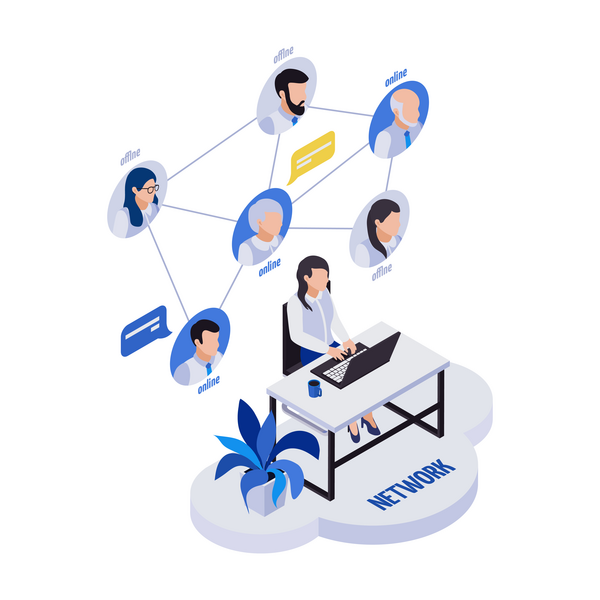
1. Make it smooth and easy for people to connect despite being half-way across the world or even just 5 minutes away.
2. Make it the norm to include people who are not physically present. Take them with you on a phone or tablet or a more sophisticated telepresence tool. You can even let them roam around the physical office!
3. Let people occupy virtual offices, including virtual water coolers, breakrooms, presentation areas and more. Make it the norm to be present in the virtual office, even when present in the physical one. Replicate the physical in the virtual so everyone can know where everyone else is.
As you can see, there’s a lot more possible than team chat and video meetings.
So, provide the tech, the hybrid workplace technology, and don’t scrimp on it. It’ll make your culture sing with connection and collaboration that’ll go a long way to attracting and retaining talent.
Step up to the Challenge With a Simple First Step
Humanizing hybrid work can be particularly challenging.
In part because they’re still quite a new phenomenon. In part because humanizing work is also still quite new to many organizations.
But the essence of humanizing work remains the same. It’s to acknowledge and treat your people as the individual human beings they are.
“All” you need to change is your expectations and patterns around communicating and collaborating with them.
A challenge in itself, perhaps. But definitely doable.
The first step you can take is simple: commit to it and pretend everyone is remote, even if just one person happens to be off site.
Did I mention that Nimble has a great integrated way for people to connect and collaborate

